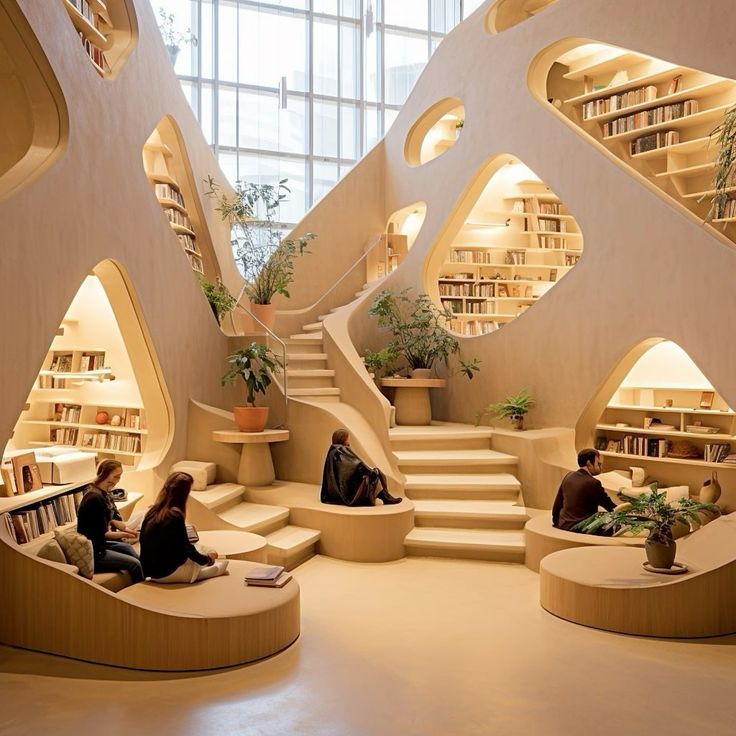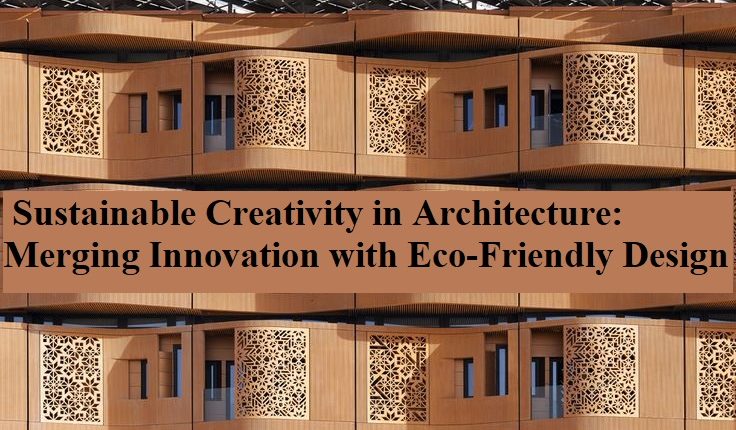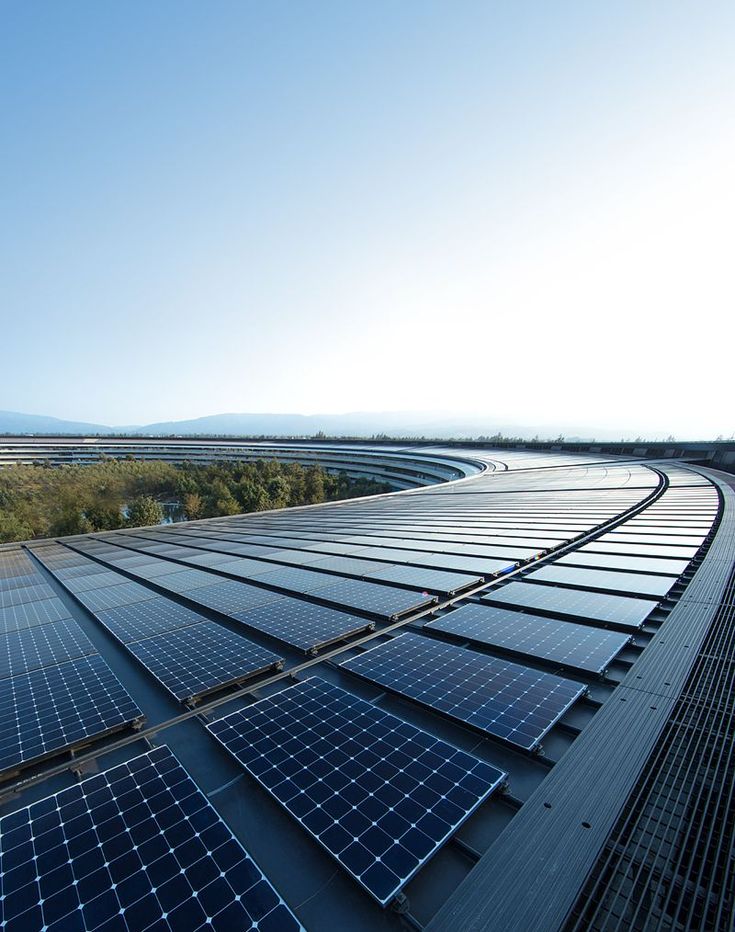Sustainable Creativity in Architecture: Merging Innovation with Eco-Friendly Design
Architecture has always been a field driven by creativity and problem-solving. Today, architects face a growing challenge: integrating sustainability into their designs. As environmental concerns rise, the focus has shifted to creating buildings that are not only innovative and aesthetically pleasing but also environmentally responsible. This blog explores how sustainable creativity is transforming architecture, demonstrating that eco-friendly practices and creative design can go hand in hand.
The Shift Toward Sustainable Architecture
The movement toward sustainable architecture represents a blend of creativity and environmental responsibility. Architects are rethinking traditional building methods to design structures that minimize environmental impact while maintaining functionality. This shift is driven by the growing need for eco-friendly materials, energy-efficient technologies, and innovative design practices.
Creative Use of Green Building Materials
One of the most significant advancements in sustainable architecture is the use of green building materials. These materials not only reduce environmental impact but also offer unique design opportunities. For instance, bamboo is valued for its strength and rapid growth, making it a popular choice for sustainable construction. Other materials, like reclaimed wood and recycled steel, add character to buildings while minimizing resource consumption.
Another innovation in sustainable design is low-emission concrete, which reduces the carbon footprint of construction. By creatively incorporating these materials, architects enhance both the aesthetic and functional aspects of buildings, showing that sustainability can elevate design rather than limit it.
Harnessing Passive Design for Energy Efficiency
A key aspect of sustainable architecture is passive design, which optimizes the use of natural elements like sunlight, wind, and shade to reduce energy consumption. Architects are using passive design strategies to create energy-efficient buildings without sacrificing comfort or style.
For example, the strategic positioning of windows can optimize sunlight during colder months, while green roofs provide insulation and natural cooling. By embracing these techniques, architects not only reduce the need for artificial energy sources but also create buildings that are more attuned to their environment.
Net-Zero Energy Buildings: The Future of Sustainable Design
Net-zero energy buildings are a prime example of sustainable creativity in action. These buildings generate as much energy as they consume, primarily through renewable sources like solar panels and wind turbines. Achieving net-zero energy requires both advanced technology and innovative architectural design.
Architects must creatively integrate these energy-generating technologies in ways that are both functional and aesthetically pleasing. For example, solar panels can be designed as part of a building’s façade or roof, adding a modern touch, while wind turbines can serve as striking architectural features.
Biophilic Design: Bringing Nature into Architecture
Biophilic design is another important trend in sustainable architecture, emphasizing the connection between humans and nature. By incorporating natural elements like living walls, indoor gardens, and natural ventilation, architects create spaces that promote both well-being and environmental sustainability.
Incorporating these elements requires creativity. Architects must balance the integration of organic features with structural needs, creating spaces that are both functional and harmonious. Biophilic design not only enhances the aesthetic of a building but also contributes to environmental goals by reducing energy use and improving air quality.

Aesthetic Appeal in Sustainable Architecture
There is a common misconception that sustainable architecture sacrifices aesthetic appeal for functionality. However, many architects are proving that sustainability can actually enhance a building’s visual appeal. Green roofs, living walls, and recycled materials create visually striking designs while supporting environmental goals.
For instance, a building with a green roof not only helps combat urban heat but also adds a visually appealing and functional element to the design. Similarly, recycled glass or metal facades can create unique visual effects that promote sustainability while maintaining artistic integrity.

Conclusion
Sustainable creativity in architecture demonstrates that innovation and environmental responsibility are not mutually exclusive. By incorporating green building materials, passive design strategies, and biophilic elements, architects are creating buildings that are both eco-friendly and visually compelling. As the world faces increasing environmental challenges, the role of sustainable architecture becomes ever more crucial, proving that creativity and sustainability can indeed go hand in hand.
As the conversation around sustainable creativity in architecture continues to grow, it’s clear that the fusion of innovation and environmental responsibility is shaping the future of design. For architects, designers, and researchers passionate about these themes, the upcoming Sustainable Creative Art: Inspiration from Nature (SCIN) Conference is a must-attend event. Scheduled for April 22–24, 2025, at the Museum of the Future in Dubai, this conference will bring together thought leaders and professionals from around the globe to discuss the latest trends and research in sustainable architecture and related fields. Don’t miss the opportunity to engage with experts, share insights, and explore the future of creative, eco-friendly design.
Know more about the SCIN Conference here: https://www.ierek.com/events/sustainable-creative-art-inspiration-from-nature-scin#introduction






